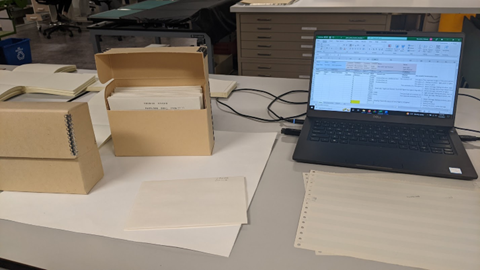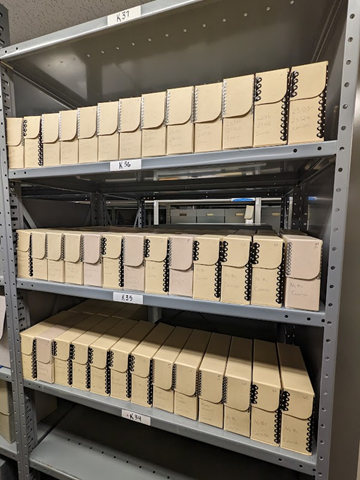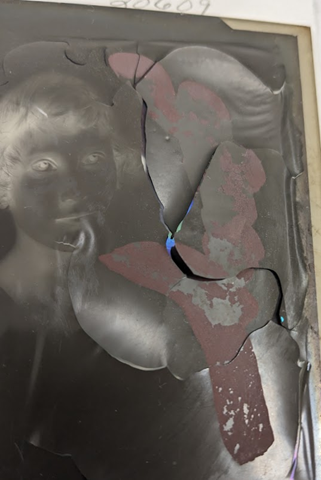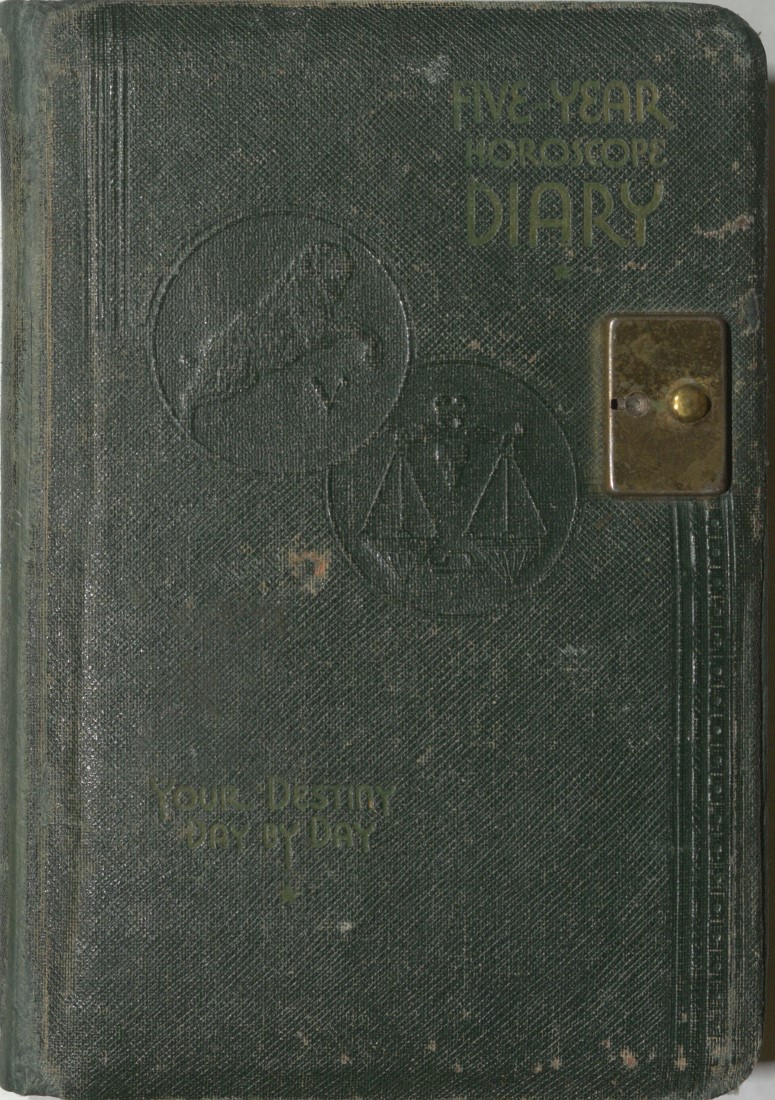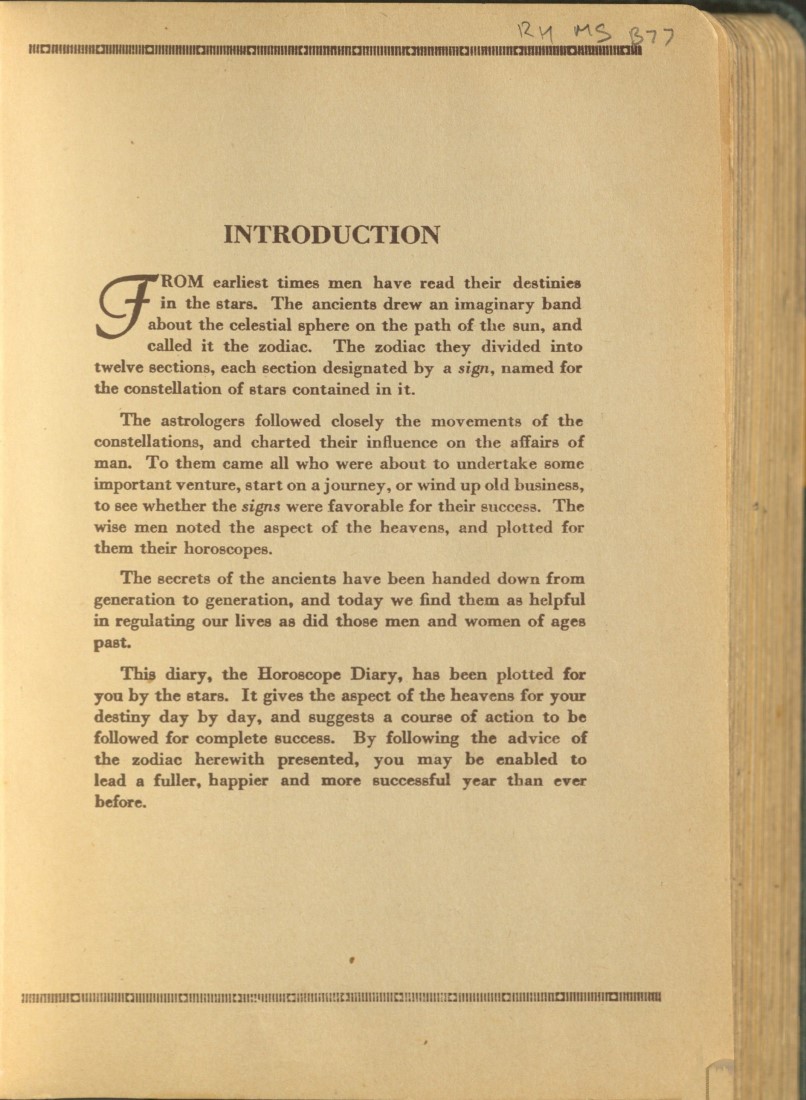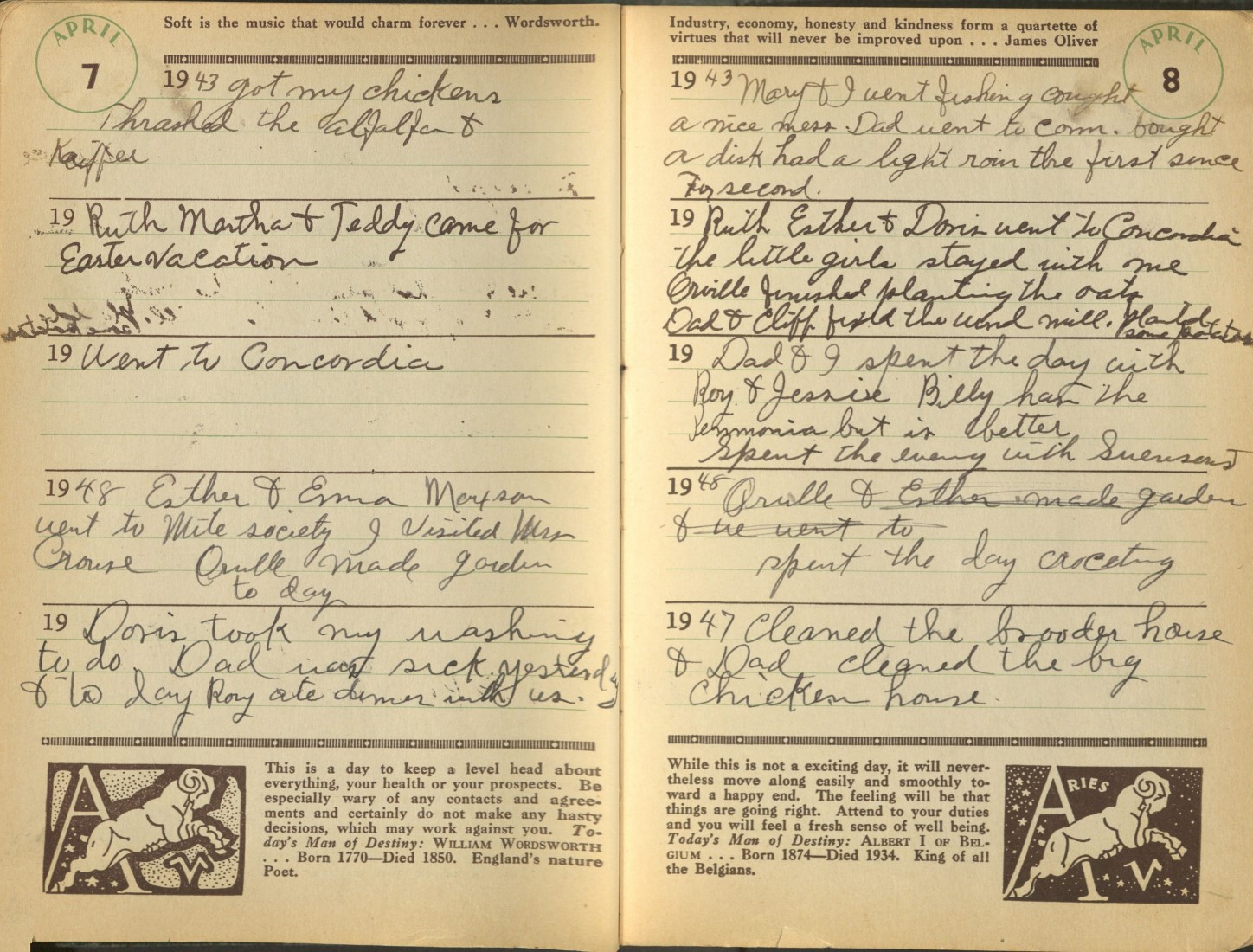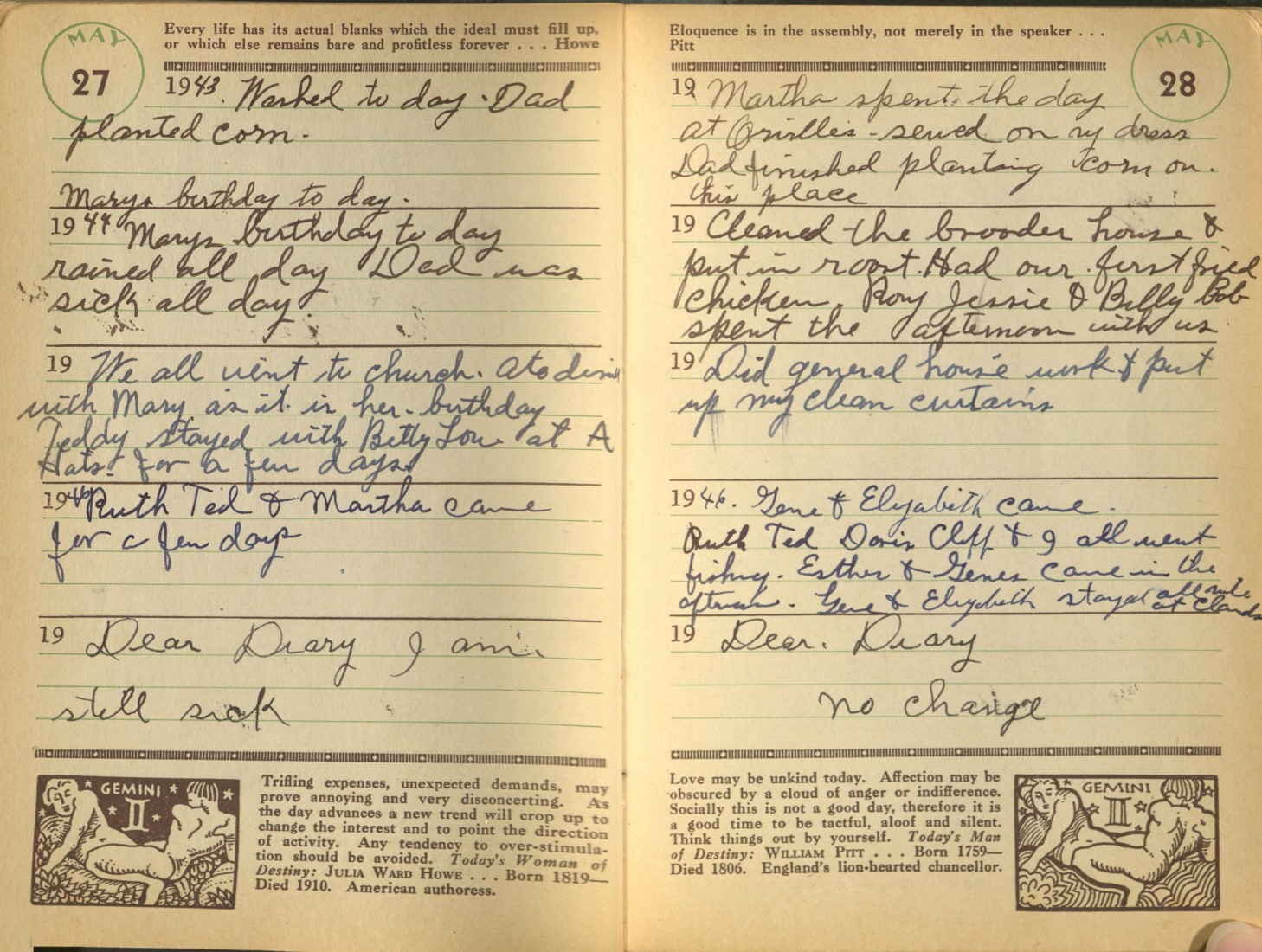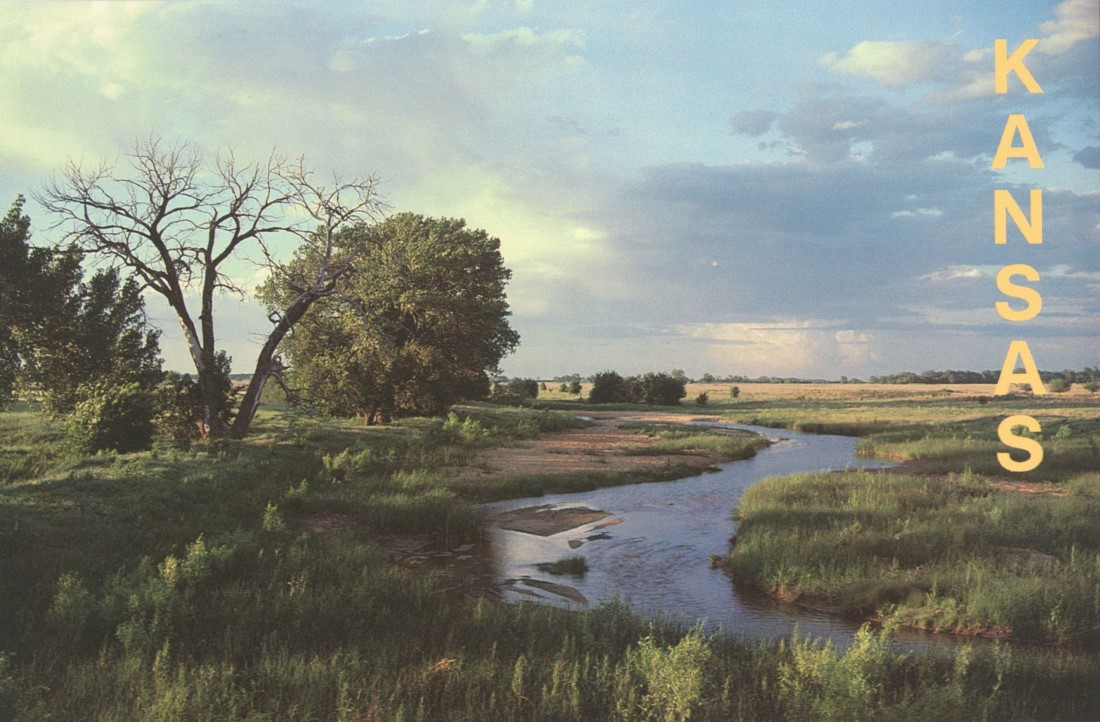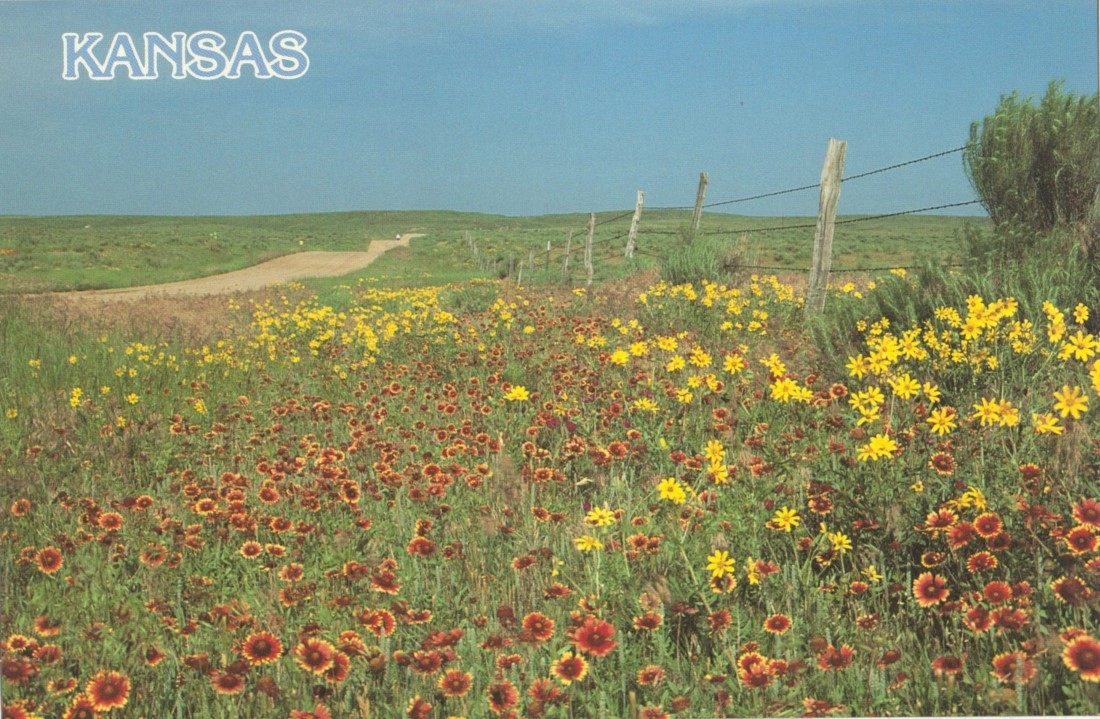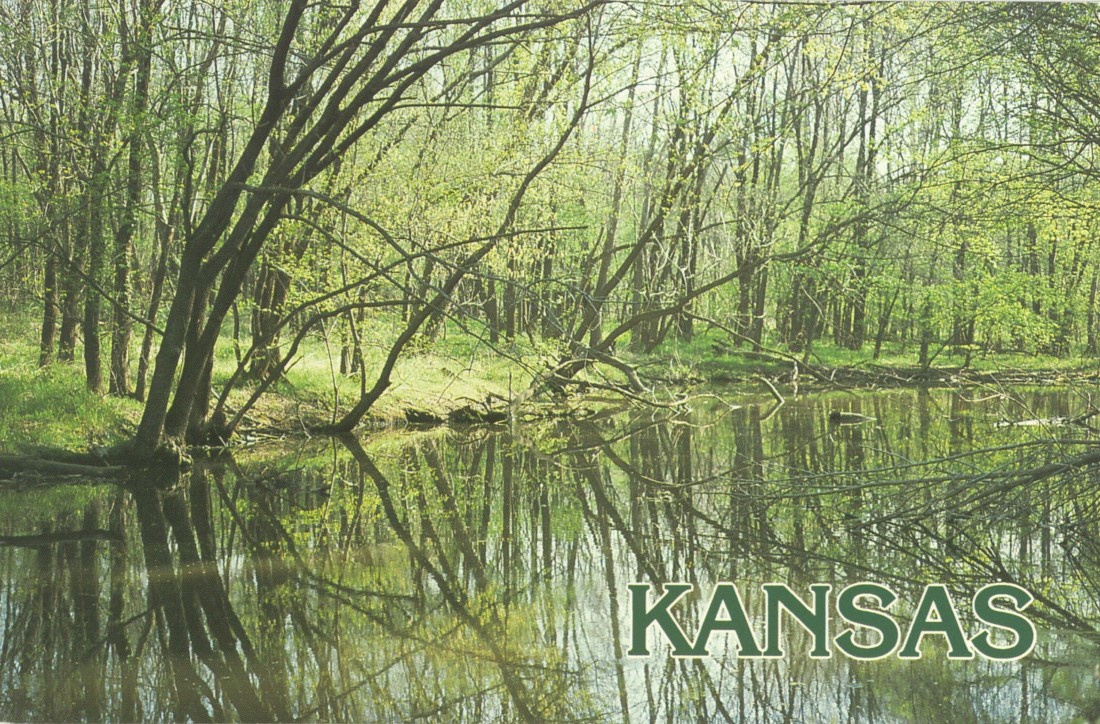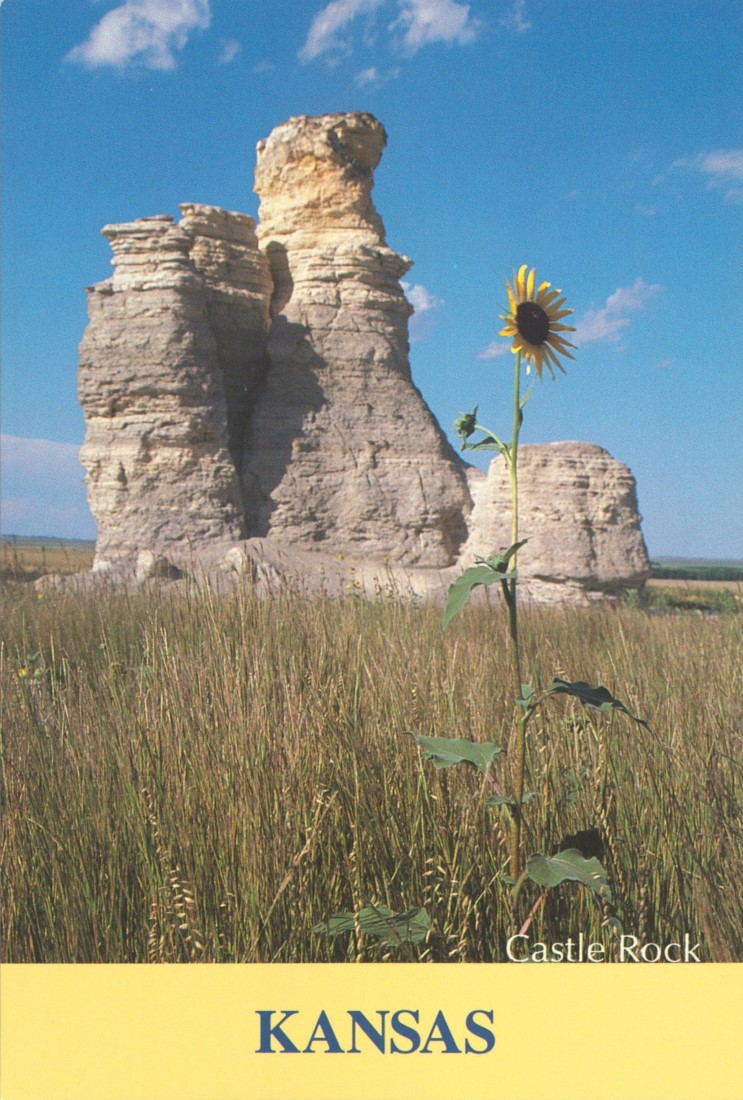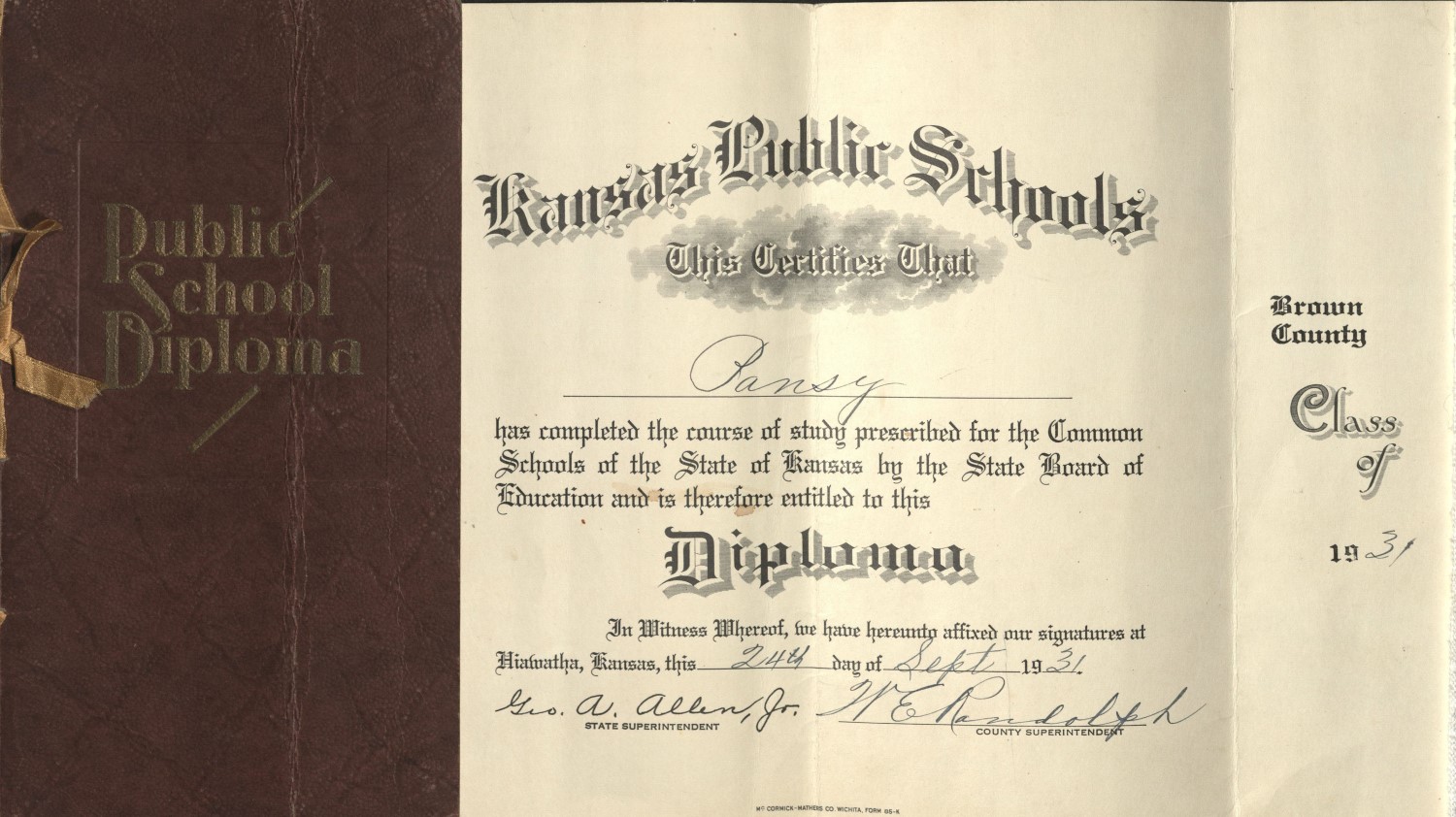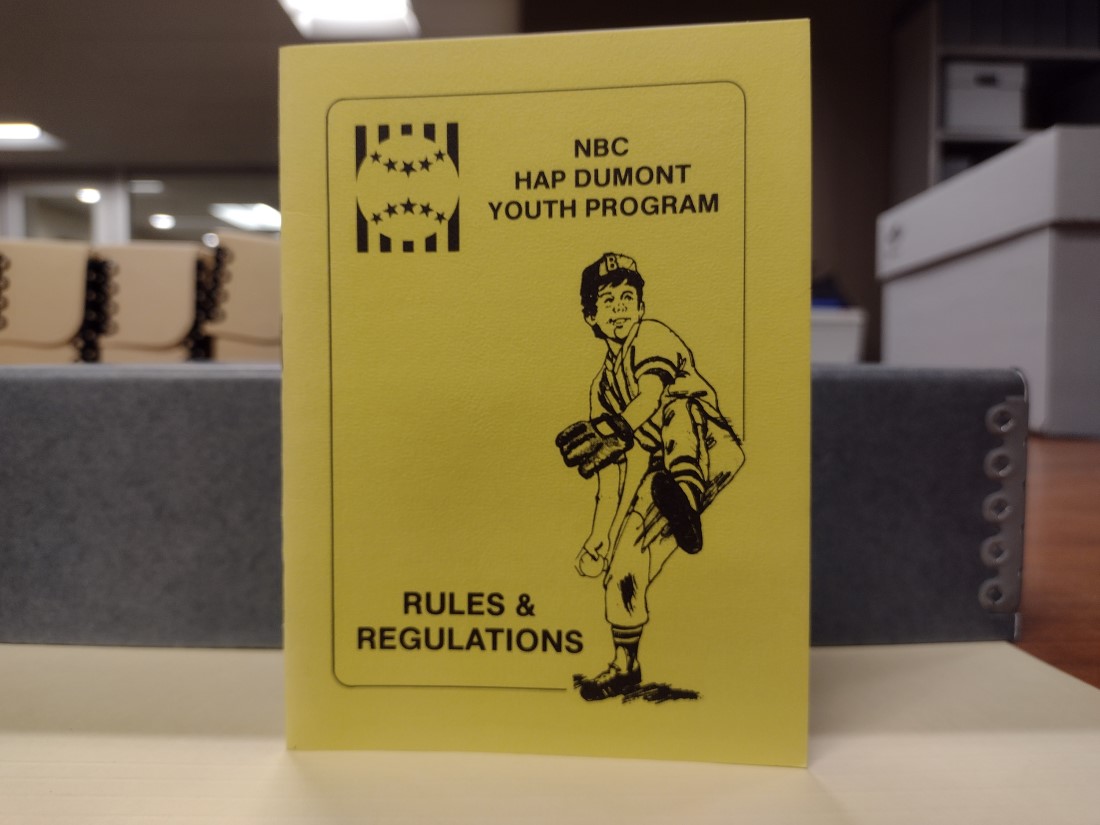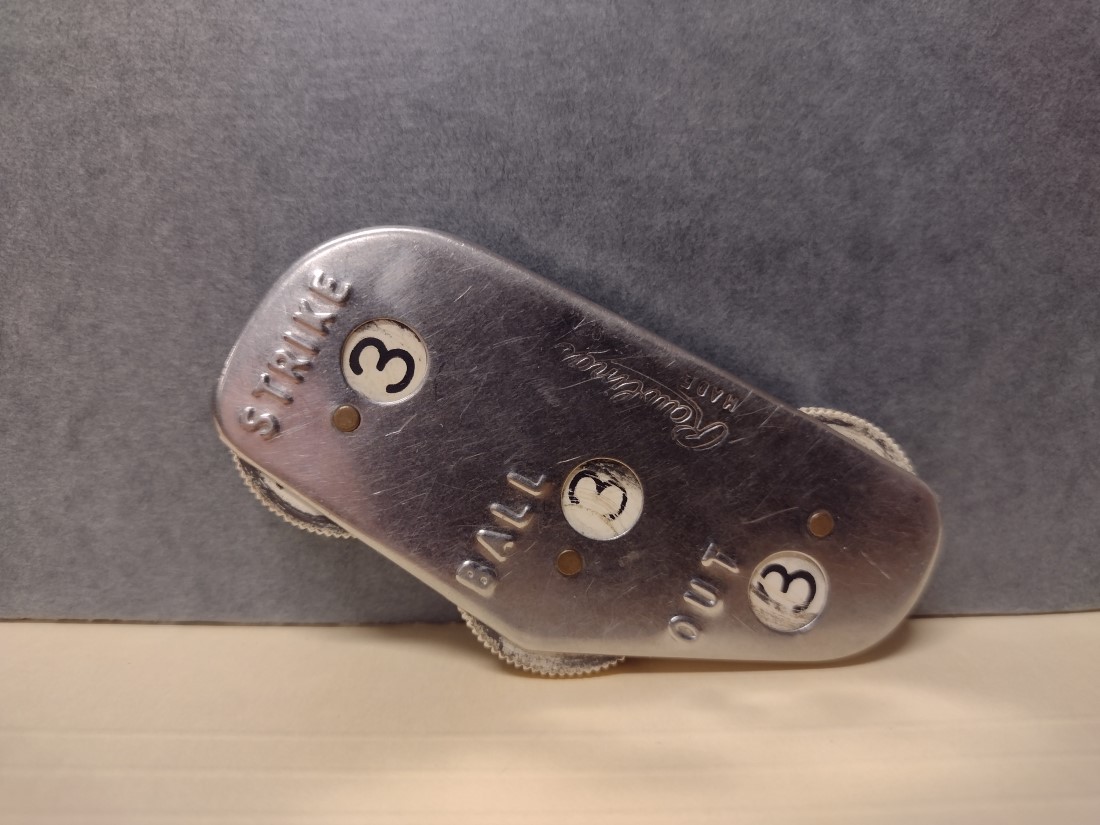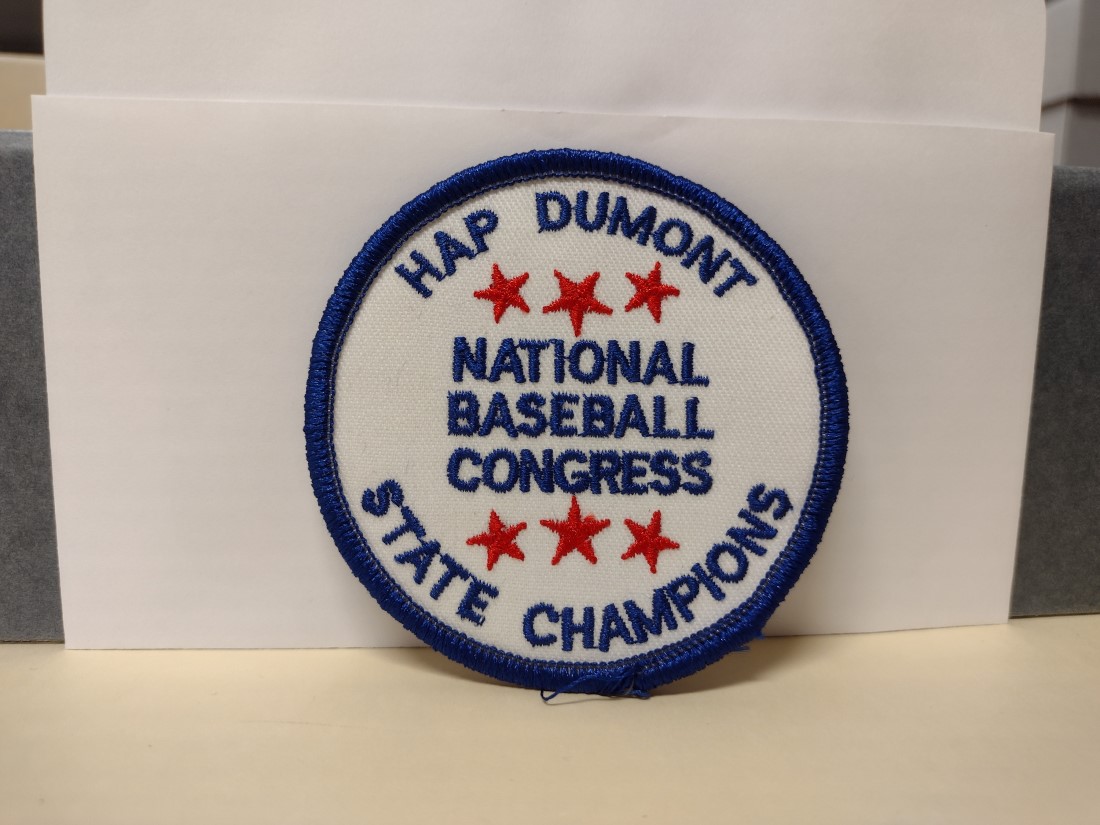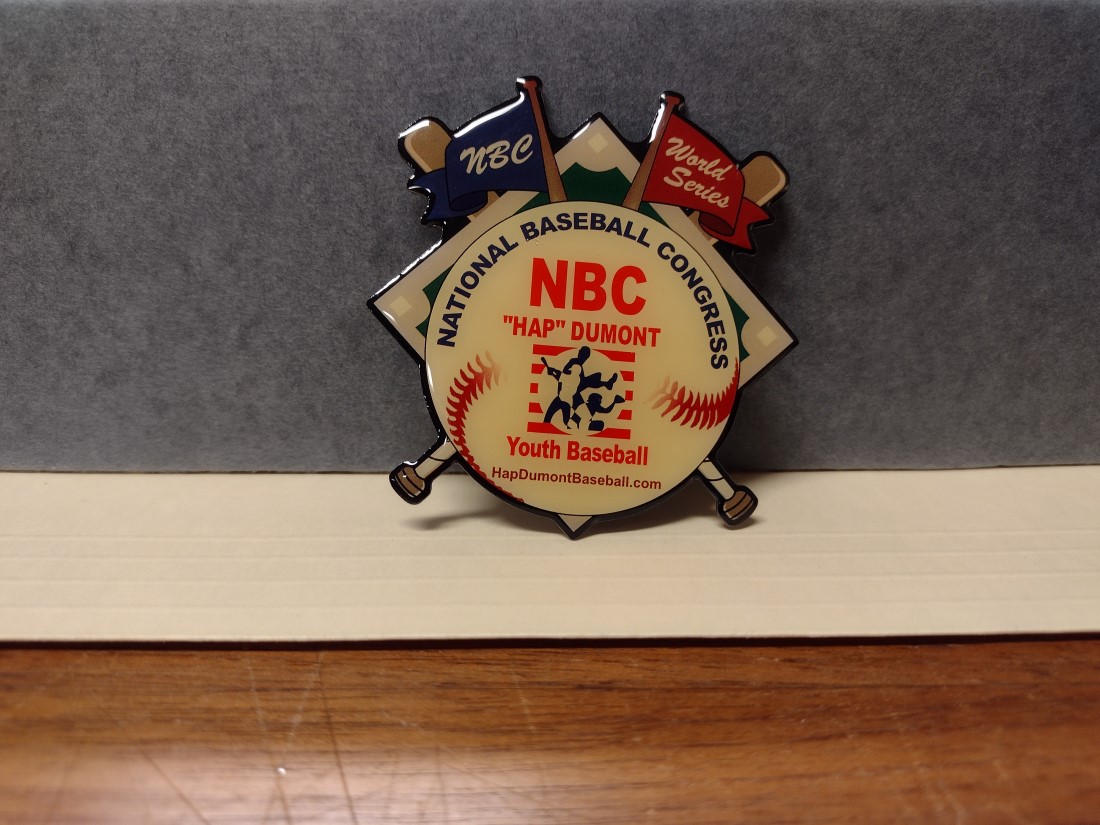Ringle Conservation Internship: Cornish Studio Collection
May 23rd, 2023Becoming the Ringle Conservation Intern has been an incredible learning experience both on its own and as an expansion of the work I have been fortunate enough to do during my two years as a student employee at the Kenneth Spencer Research Library Conservation Lab. Since September of 2022, I have assessed, lightly cleaned, and re-housed over 900 individual glass plate negatives, and at least 100 flexible negatives, taken by the George Cornish Studio (based in Arkansas City, Kansas) between 1890 and 1945. With the guidance of Marcella Huggard, Charissa Pincock, Whitney Baker, and Roberta Woodrick, I have contributed 833 entries to the ongoing finding aid that include the subject of the photo (if identifiable) and the condition of each plate. My hope is that, when the collection is complete with its partner collection (the Hannah Scott Collection), history and photo enthusiasts will be able to enjoy the wide range of portraiture, landscape, and urban life photography contained within the collection.
The Ringle project began with a massive shifting project. Roberta Woodrick, Grace Awbrey, Hannah Johnson, Rory Sweedler, Sarah Jane Dahms, and I moved the Cornish, Scott, and several other glass plate negative collections in advance of the heating, ventilation, and air conditioning (HVAC) updates in the stacks. During this shifting, we saw how both age and the heat from the old furnace, located under the floor where the glass plates had been held, had affected the collections. There were clear indicators that re-housing these collections was necessary. On some glass plates there was flaking emulsion and discoloration, and some flexible negatives were experiencing “vinegar syndrome” (the strong smell of deteriorating acetate film) and leaving liquid residue on the shelves (from the chemical separation of the emulsion on the plastic).
The Cornish Studio was located in Arkansas City, Kansas, 8 miles north of Chilocco, Oklahoma, where the Chilocco Indian School operated, and about 200 miles southwest of Lawrence. The studio was opened by George Cornish in 1905 and was run jointly from 1912 onward by Cornish and his assistant Edith Berrouth (to whom he would leave the practice in 1946 after his death.) In 1993, attorney Otis Morrow, whose practice was in the building that had once been Cornish’s studio, donated the 8 boxes of glass plates, photo registrars, and even George Cornish’s autobiography of running the studio (called “My Life on Fifth Avenue”) to the Kenneth Spencer Research Library. (More about the history of the collection can be found at the Collections Overview.)
Many of the glass plates in the Cornish collection have some degree of damage – they’ve existed through a wide range of temperature and humidity fluctuations – but at over 100 years old for many of them, they generally look remarkably good. The subjects in the photos are almost all visible, and the excitement on their faces in these century old photographs endures. It’s clear that the people who went to the Cornish Studio for their portraits, or for the portraits of their young children (babies make up a significant portion of the plates from the 1910s-20s), were happy to have the opportunity to have their photos taken. They couldn’t have known that their likeness would be preserved for longer than them, but I like to think it would make them happy to know their investment in a photograph might provide returns to scholars today.
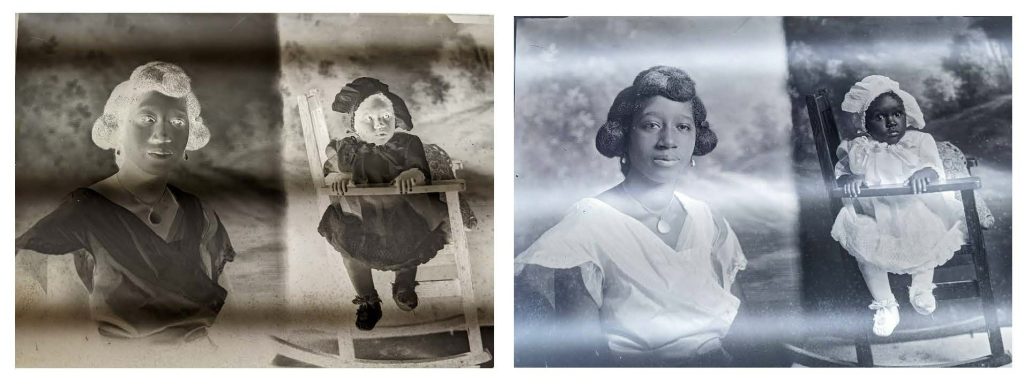
Before me, several Ringle interns worked on an impressive collection of projects over timespans of six weeks to three months. So far, I have been working with the Cornish Collection for nine months and will continue to do so for another two. Having almost a full year has been immensely valuable – each plate must be placed individually into a four-fold wrapper before being re-housed in boxes, and many plates between 1917 and 1930 have subjects that could be researched (which I did, especially when there might be the opportunity to identify the women in couples’ portraits who were usually identified as Mrs. (Man’s Name.)). Having now completed the 5 x 7 plates, I continue to work on the 8 x 10 plates which represent a shift from traditional studio portraiture and into street scenes in Ark City and the surrounding area. These images, and this collection, offer a valuable slice-of-life view of Southwest Kansas across a period of American history with rapid changes.
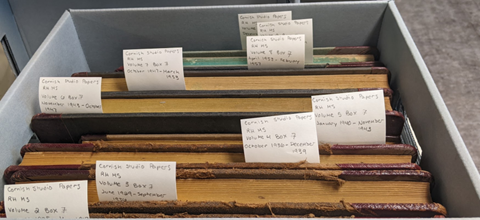
Brendan Williams-Childs
2022-2023 Ringle Conservation Intern
Conservation Services

